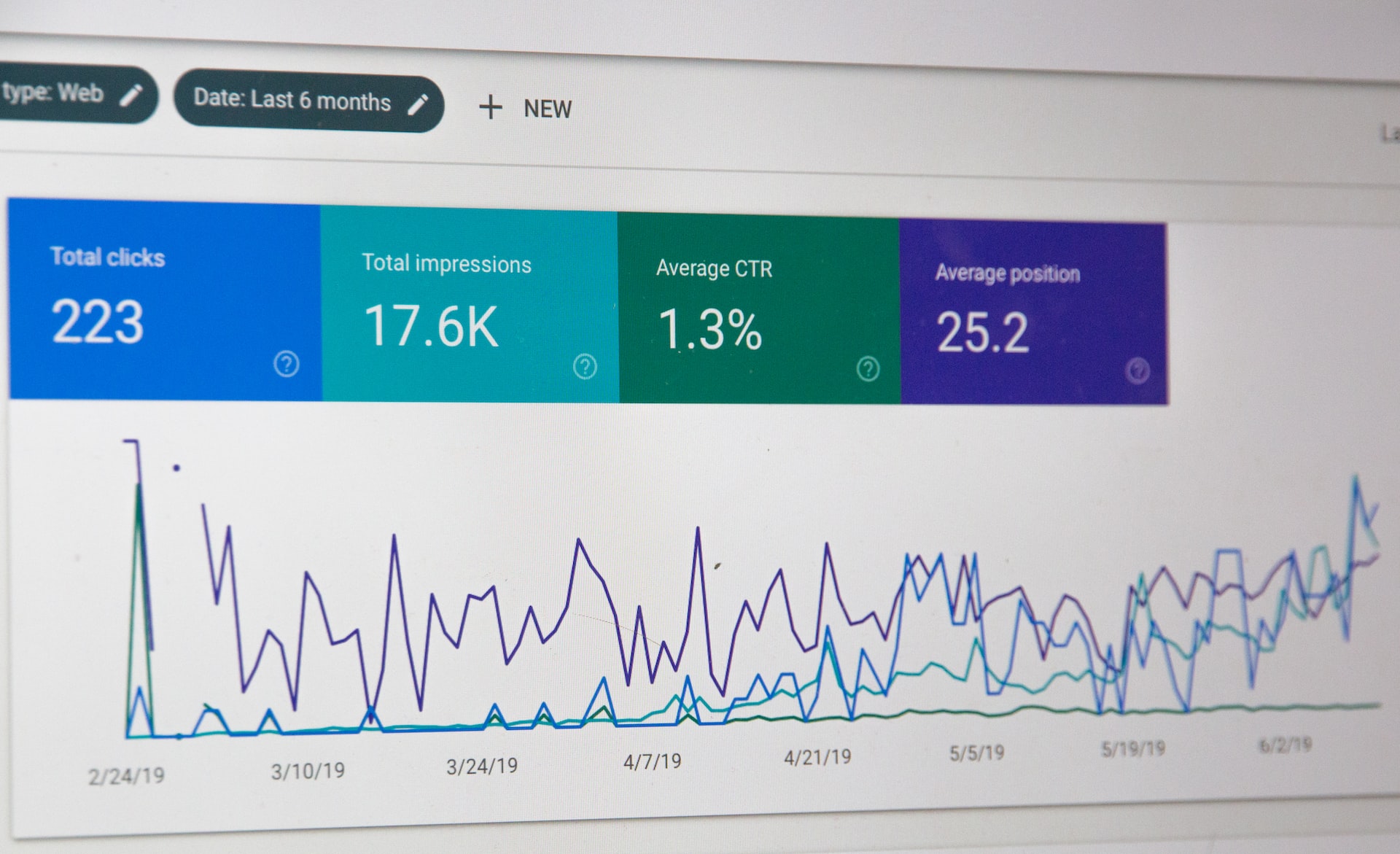To create a growth team, you should first identify what areas of the business you want to focus on growing. You may want to focus on acquiring new customers, improving customer retention, or increasing revenue from existing customers. Once you have identified the focus areas, you can build a team around those objectives.
A typical growth team will consist of professionals with diverse backgrounds and skill sets, including marketing, product, data analysis, and engineering. Each team member should have a clear role and responsibilities to contribute to the overall growth strategy.
Growth team members
Data Analyst - responsible for measuring and analyzing the impact of growth strategies and identifying new opportunities for growth.
Marketer - responsible for
product positioning and creating and executing marketing campaigns and programs that drive growth.
Engineer - responsible for implementing technical solutions that support growth initiatives.
Measuring Success
To measure the success of a growth team, it is important to set clear goals and metrics that align with the focus areas of the team. For example, if the focus is on acquiring new customers, the team may set goals around the number of new
customers acquired, conversion rates, or cost per acquisition. It is also important to regularly review progress against these goals and adjust strategies as needed.
Culture of a Growth Team
To create a successful growth team, it is important to foster a culture of experimentation, innovation, and collaboration. This culture encourages team members to try new ideas, take calculated risks, and learn from both successes and failures. A growth team should also have a strong sense of urgency and a willingness to pivot quickly based on data and customer feedback.

Growth Mindset
Well-known SaaS companies like HubSpot and Slack have successful growth teams that are structured to support their business objectives. For example, HubSpot's growth team is focused on driving customer acquisition, and they use a combination of
inbound marketing and product-led growth to achieve their goals. Slack's growth team is focused on increasing user engagement and adoption, and they use data-driven experimentation to improve the product and increase user retention.
Structuring a growth team requires identifying the focus areas of the business, building a diverse team of professionals with clear roles and responsibilities, setting goals and metrics, fostering a culture of experimentation and collaboration, and encouraging a growth mindset. By following these guidelines, companies can create successful growth teams that drive sustainable growth and achieve their business objectives.





